Home>Garden Essentials>What Should Garlic Follow In Crop Rotation
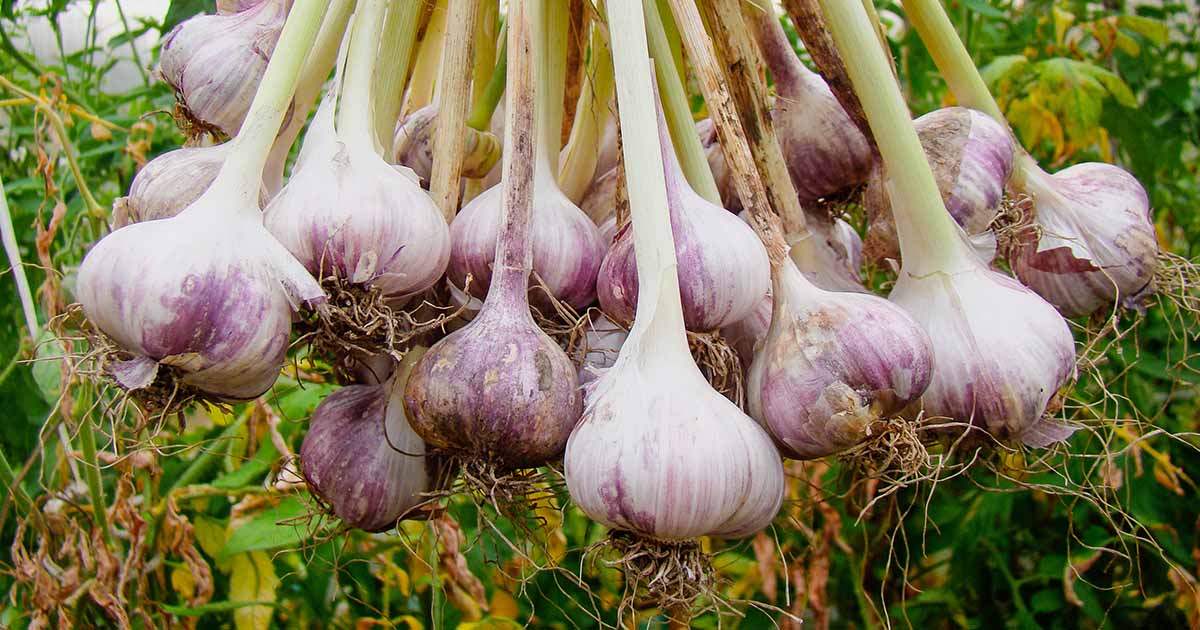

Garden Essentials
What Should Garlic Follow In Crop Rotation
Modified: March 16, 2024
Discover the benefits of incorporating garlic into your garden's crop rotation. Learn how to maximize yield and maintain soil health for sustainable gardening.
(Many of the links in this article redirect to a specific reviewed product. Your purchase of these products through affiliate links helps to generate commission for Storables.com, at no extra cost. Learn more)
Introduction
In the world of gardening, crop rotation is a fundamental practice that has been passed down through generations. It involves the systematic sequencing of different crops in the same area over multiple growing seasons. By rotating crops, gardeners can not only maximize their yields but also improve soil health, manage pests and diseases, and reduce the reliance on chemical fertilizers.
When it comes to crop rotation, one crop that deserves special attention is garlic. Known for its pungent flavor and numerous health benefits, garlic is a popular choice for many gardeners. However, to ensure the success and longevity of your garlic crop, it is essential to plan out its place in the crop rotation cycle.
In this article, we will explore the importance of crop rotation, the benefits of rotating garlic, factors to consider when rotating garlic, suitable crops to follow garlic in crop rotation, crops to avoid following garlic, and best practices for rotating garlic.
So, if you are a passionate gardener looking to optimize your vegetable garden and achieve bountiful harvests, read on to discover all you need to know about rotating garlic in your crop rotation plan.
Key Takeaways:
- Rotating garlic in crop rotation plan improves soil health, manages pests, and enhances overall crop quality. It’s essential to choose suitable crops to follow and avoid, and implement best practices for a thriving garden.
- Crop rotation with garlic benefits soil fertility, reduces disease risk, and optimizes harvests. Consider plant families, fertility needs, and spacing, and practice diversity and sanitation for a successful rotation plan.
Read more: What Should Follow Potatoes In Crop Rotation
Importance of Crop Rotation
Crop rotation is an essential practice for every gardener, regardless of whether they are growing vegetables, fruits, or even flowers. It involves strategically changing the type and location of crops grown in the same area from one season to the next.
One of the primary reasons why crop rotation is essential is to break the cycle of pests and diseases. Different crops attract different types of pests and pathogens. By rotating crops, you can disrupt the life cycle of these pests and reduce the risk of infestations and outbreaks. Additionally, certain crops can suppress specific pests and diseases, further enhancing the effectiveness of crop rotation.
Another advantage of crop rotation is its ability to enhance soil health. Different crops have varying nutrient requirements. By rotating crops, you can prevent the depletion of specific nutrients in the soil and promote a more balanced nutrient profile. This helps to prevent nutrient deficiencies and ensures healthy plant growth.
Crop rotation also plays a crucial role in weed management. Some crops are better at smothering weeds, while others may require more frequent weeding. By rotating crops, you can disrupt the life cycle of weeds and reduce their overall presence in the garden. This can significantly reduce the need for herbicides and manual weed control.
Furthermore, crop rotation can also improve soil structure and fertility. Different crops have different root systems that can penetrate and loosen the soil, improving its structure and allowing for better water and nutrient absorption. Additionally, certain crops have the ability to fix nitrogen from the atmosphere, enriching the soil with this essential nutrient.
Overall, crop rotation is a sustainable and environmentally friendly practice that helps to maintain the long-term health and productivity of the garden. It reduces the reliance on synthetic fertilizers, pesticides, and herbicides, promoting natural solutions and reducing the impact on the ecosystem.
Now that we understand the importance of crop rotation, let’s explore why it is crucial to incorporate garlic into your crop rotation plan.
Benefits of Rotating Garlic
Garlic is not only a versatile culinary ingredient but also a beneficial plant to include in your crop rotation plan. Here are some of the key benefits of rotating garlic:
- Pest and Disease Management: One of the significant benefits of rotating garlic is its ability to reduce the risk of pest and disease problems. Garlic contains natural compounds that act as repellents to many insects and pests, such as aphids, nematodes, and even certain fungal pathogens. By rotating garlic with other crops, you help to create an unfavorable environment for these pests, effectively managing their populations.
- Improved Soil Health: Garlic has specific nutrient requirements, and by rotating it with other crops, you can effectively balance the nutrient levels in the soil. This helps prevent nutrient depletion and allows for the replenishment of essential minerals. Furthermore, garlic’s root system helps to improve soil structure by aerating and loosening compacted soils.
- Natural Weed Suppression: Garlic has the ability to suppress weeds due to its dense foliage and the release of certain compounds that inhibit weed growth. By rotating garlic with other crops, you can naturally suppress weed growth, reducing the need for excessive weeding and minimizing competition for nutrients and water.
- Improved Crop Quality: Garlic can have a positive impact on the quality of the crops that follow it in the rotation. This is due to the beneficial compounds released by garlic that can enhance soil health and overall plant vigor. As a result, the subsequent crops may exhibit improved growth, flavor, and nutrient content.
- Long-Term Soil Fertility: Garlic is known for its ability to accumulate nutrients, especially sulfur. By rotating garlic with other crops, you can enhance soil fertility over time, as the nutrients accumulated by garlic become available to subsequent crops. This promotes sustainable gardening practices and reduces the need for synthetic fertilizers.
Overall, rotating garlic in your crop rotation plan can have numerous benefits, from pest and disease management to improved soil health and long-term fertility. Now that we understand the benefits, let’s explore the key factors to consider when rotating garlic.
Factors to Consider when Rotating Garlic
When planning your crop rotation and deciding where garlic should fall in the sequence, there are several factors to take into consideration:
- Plant Family: One of the essential factors to consider when rotating garlic is its plant family. Garlic belongs to the Allium family, which includes onions, leeks, and shallots. It is crucial not to rotate garlic with other members of the Allium family to avoid the risk of diseases and pests that can affect the entire family. Instead, aim to rotate garlic with crops from other plant families.
- Fertility Requirements: Different crops have varying fertility requirements. Some plants are heavy feeders, while others may require fewer nutrients. When planning your crop rotation, consider the fertility needs of garlic and the subsequent crops. Rotate garlic with crops that have similar or complementary nutrient requirements to ensure balanced nutrition and prevent nutrient imbalances in the soil.
- Planting Depth and Spacing: Garlic is typically planted at a specific depth and spacing, and these considerations can impact the subsequent crops in your rotation plan. Choose crops that can accommodate the spacing and depth requirements of garlic without overcrowding or shading them, as this could affect their growth and productivity.
- Pest and Disease Considerations: Certain pests and diseases can affect garlic, and rotating crops can help minimize the risk of infestations and outbreaks. Consider the specific pests and diseases that commonly affect garlic in your region and avoid rotating it with crops that are highly susceptible to these issues. By choosing compatible crops, you can disrupt the life cycle of pests and diseases, reducing their impact on your garden.
- Succession Planting: If you practice succession planting, where you grow multiple crops in the same area throughout the growing season, it is essential to plan your crop rotation accordingly. Ensure that you have enough time between garlic harvest and the subsequent crop’s planting to allow for proper soil preparation and prevent competition for resources.
- Rotation Length: The length of your crop rotation cycle can vary depending on various factors such as garden size, crop selection, and specific needs. Ideally, aim for a rotation cycle that spans three to four years to maximize the benefits of crop rotation and minimize the risk of disease buildup and nutrient imbalances in the soil.
By considering these factors, you can create a well-designed crop rotation plan that optimizes the growth and productivity of garlic while benefiting the subsequent crops in your rotation.
Now that we have discussed the factors to consider, let’s explore the suitable crops to follow garlic in crop rotation.
Tip: Rotate garlic with crops from different plant families, such as legumes or leafy greens, to reduce disease and pest pressure. Avoid planting garlic after other alliums like onions or leeks.
Suitable Crops to Follow Garlic in Crop Rotation
When it comes to deciding which crops to follow garlic in your crop rotation plan, it is important to choose crops from different plant families to minimize the risk of pests and diseases. Here are some suitable crops to consider:
- Legumes: Legumes like beans, peas, and lentils are excellent choices to follow garlic in crop rotation. They belong to the Fabaceae family and are known for their ability to fix nitrogen in the soil, improving overall fertility. Legumes also have a shallow root system, which does not compete with garlic’s deeper roots. Consider growing bush beans or snap peas as they are easy to cultivate.
- Greens: Leafy greens such as lettuce, spinach, and kale are great options to follow garlic. They are from the Brassicaceae family and have different nutrient requirements compared to garlic. Leafy greens are relatively quick-growing and can be harvested multiple times during the growing season, making them an ideal choice for succession planting following garlic.
- Root Vegetables: Root crops like carrots, beets, and radishes are compatible with garlic in crop rotation. They have different root depths and nutrient needs, which allow them to coexist without competition. Root vegetables also help to break up compacted soil and improve its structure. Choose varieties that are suitable for your climate and have a shorter growing season to ensure successful harvests.
- Cucurbits: Cucurbit crops such as cucumbers, zucchini, and pumpkins can be rotated with garlic. These vines are from the Cucurbitaceae family and have a sprawling growth habit, which complements the upright nature of garlic. Cucurbits require ample sunlight and moisture, so ensure proper spacing and irrigation when planting them after garlic.
- Solanaceae Family: Nightshade plants like tomatoes, peppers, and eggplants are compatible with garlic in crop rotation. However, it is crucial to rotate them with caution as they are susceptible to similar diseases. Aim for a longer rotation period between garlic and solanaceous crops, ideally three to four years, to minimize disease carryover. Also, consider using disease-resistant varieties to further reduce the risk.
These are just a few examples of suitable crops to follow garlic in crop rotation. Research the specific requirements and preferences of each crop to ensure successful rotation and a bountiful harvest.
However, there are also crops that you should avoid following garlic in crop rotation, which we will explore in the next section.
Crops to Avoid Following Garlic in Crop Rotation
While there are many suitable crops to follow garlic in crop rotation, there are also certain crops that should be avoided. These crops may be susceptible to similar diseases, pests, or have similar nutrient requirements. Here are some crops to avoid following garlic in your crop rotation plan:
- Allium Family: It is crucial to avoid planting any other members of the Allium family, such as onions, leeks, and shallots, immediately after growing garlic. This is because these plants are prone to similar diseases and pests, and rotating them can lead to a buildup of pathogens in the soil. Waiting at least three to four years before planting another Allium crop in the same area is recommended.
- Other Cole Crops: Cole crops like broccoli, cabbage, cauliflower, and Brussels sprouts should be avoided after garlic. These crops are also susceptible to similar diseases, such as white rot and downy mildew, which can be transmitted through the soil. Allow a rotation period of at least three years before planting cole crops in the same area.
- Root Knot Nematode Hosts: If your garden has a history of root-knot nematode infestations, it is advisable to avoid planting crops that are susceptible to these pests after garlic. Some examples include carrots, beets, potatoes, and tomatoes. These crops can exacerbate the nematode problem and lead to reduced yields. Opt for resistant varieties or choose different crops altogether.
- Repetitive Greens: While leafy greens are suitable to follow garlic, it is important to avoid repetitive planting of the same greens in consecutive years. This can increase the risk of disease buildup and pest pressure. Instead, rotate different types of greens or consider adding crops from other families to break the cycle.
- Continuous Solanaceae: Solanaceous crops like tomatoes, peppers, and eggplants should not be continually grown in the same area after garlic. These crops are susceptible to similar soil-borne diseases, such as verticillium wilt and bacterial spot, which can persist in the soil. Allow a rotation period of at least three years between garlic and solanaceous crops to minimize disease carryover.
By avoiding these crops in your crop rotation plan, you can reduce the risk of disease buildup and ensure the long-term health and productivity of your garden.
Now that we know which crops to avoid, let’s explore some best practices for rotating garlic in your crop rotation plan.
Best Practices for Rotating Garlic
When it comes to rotating garlic in your crop rotation plan, following best practices can help maximize its benefits and ensure the success of your garden. Here are some essential practices to keep in mind:
- Plan a Rotation Cycle: Establish a rotation cycle that spans three to four years to minimize disease buildup and nutrient imbalances in the soil. This allows enough time for the soil to recover and reduces the risk of pests and diseases impacting subsequent crops.
- Keep Detailed Records: Maintain a record of your crop rotation plan, including the specific crops grown in each area and the dates of planting and harvesting. This helps you keep track of the rotation cycle and ensures you don’t inadvertently repeat crops in the same area too soon.
- Maintain Soil Health: Between each rotation cycle, focus on improving and maintaining soil health. Add organic matter, such as compost or well-rotted manure, to replenish nutrients and improve soil structure. Conduct regular soil tests to monitor pH levels and nutrient content, and make necessary amendments as recommended.
- Practice Crop Diversity: Emphasize diversity in your crop rotation plan by incorporating a wide range of plant families. This helps minimize pest and disease issues, as different crops have different vulnerabilities and requirements. Aim for a mix of leafy greens, legumes, root vegetables, and fruiting crops to optimize the benefits of rotation.
- Practice Sanitation: Practice good sanitation by removing any remaining plant debris from the previous crop before planting garlic. This eliminates potential sources of disease and reduces the risk of pathogens surviving in the soil. Properly dispose of any diseased plant material to prevent spreading diseases to healthy plants.
- Implement Cover Crops: Consider incorporating cover crops into your rotation plan during fallow periods. Cover crops, such as clover or rye, help suppress weeds, improve soil health, and prevent erosion. They also provide a natural habitat for beneficial insects and microorganisms, further enhancing the overall health of your garden.
- Practice Intercropping: Intercropping, or planting different crops together in the same area, can also be beneficial in a crop rotation plan. By intercropping, you can optimize space and resources, improve pest management, and promote biodiversity. Pair garlic with compatible crops that have different growth habits or nutrient requirements.
Remember to adapt your crop rotation plan to your specific garden conditions and the needs of the crops you are growing. Regular observation and monitoring will help you refine and adjust your rotation plan over time for optimal results.
By following these best practices for rotating garlic, you can create a sustainable and productive garden that benefits from improved soil health, reduced pest and disease pressure, and increased overall yields.
Now that we have explored the best practices, let’s conclude our discussion on rotating garlic in crop rotation.
Conclusion
Incorporating garlic into your crop rotation plan is a smart and strategic decision for any gardener looking to optimize their harvests and maintain the long-term health of their garden. By rotating garlic with other crops, you can enjoy a myriad of benefits, including improved pest and disease management, enhanced soil health, natural weed suppression, and improved overall crop quality.
When planning your crop rotation, consider important factors such as the plant family, fertility requirements, planting depth and spacing, and pest and disease considerations. By carefully selecting suitable crops to follow garlic and avoiding crops from the same family or those with similar vulnerabilities, you can reduce the risk of disease buildup and ensure the success of your rotation plan.
Implementing best practices such as maintaining detailed records, promoting crop diversity, practicing good sanitation, and incorporating cover crops and intercropping will further enhance the effectiveness of your rotation plan. By following these practices, you can create a healthy and productive garden that thrives year after year.
Remember that every garden is unique, and it may take some trial and error to find the perfect rotation plan for your specific circumstances. Regular observation and adjustment of your plan will lead to continuous improvement and better results over time.
So, whether you’re an experienced gardener or just starting out, consider the benefits of rotating garlic in your crop rotation plan. By strategically planning the placement of garlic in your rotation and making informed choices about suitable crops to follow and crops to avoid, you can create a thriving garden that yields delicious garlic and an abundance of other crops.
Investing the time and effort into crop rotation, including the rotation of garlic, will pay off in the long run with healthier plants, higher yields, and a more sustainable and bountiful garden. So, go ahead and embrace the practice of crop rotation to unlock the full potential of your garden and enjoy the rewards for many seasons to come.
Frequently Asked Questions about What Should Garlic Follow In Crop Rotation
Was this page helpful?
At Storables.com, we guarantee accurate and reliable information. Our content, validated by Expert Board Contributors, is crafted following stringent Editorial Policies. We're committed to providing you with well-researched, expert-backed insights for all your informational needs.






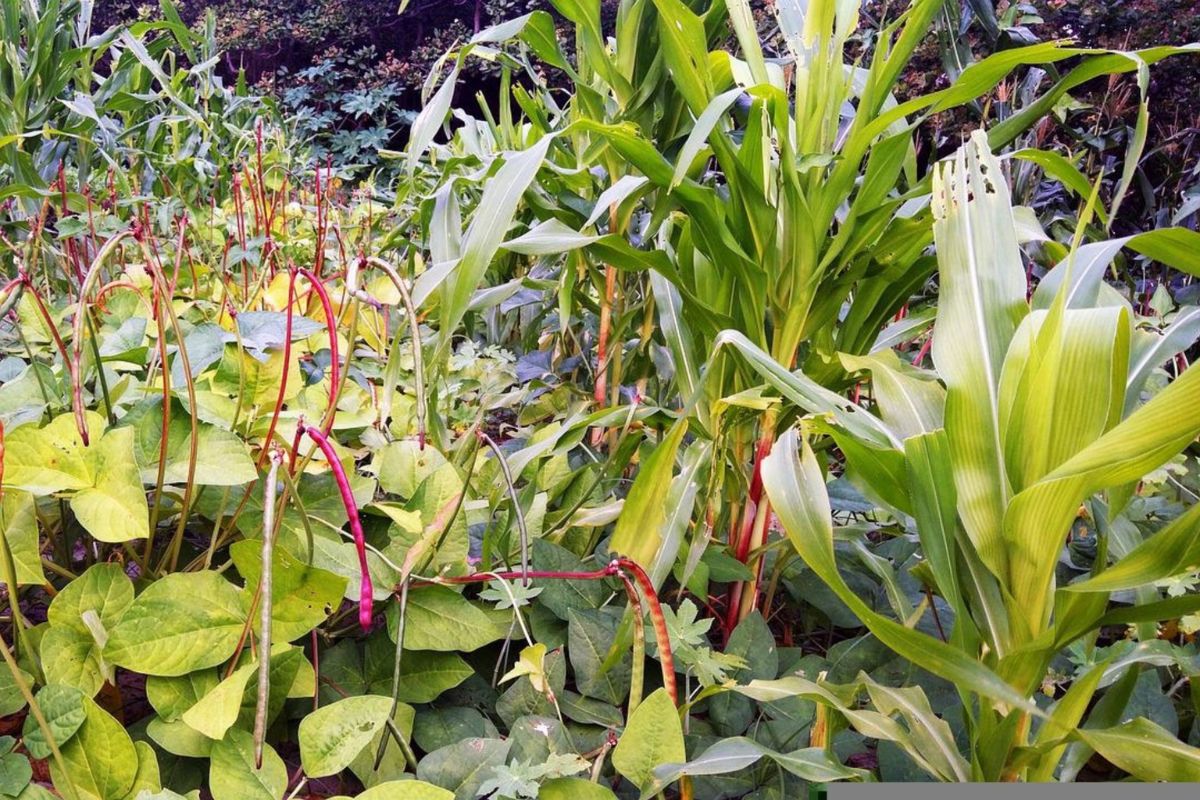
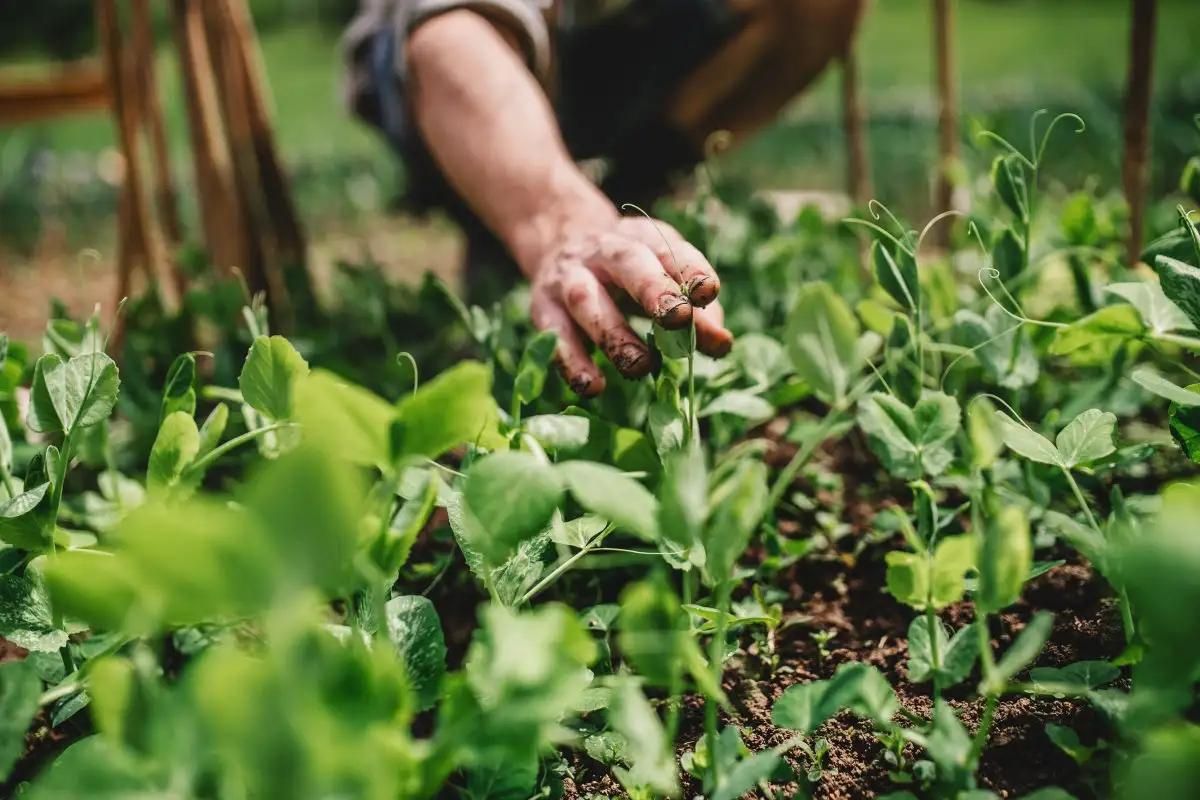
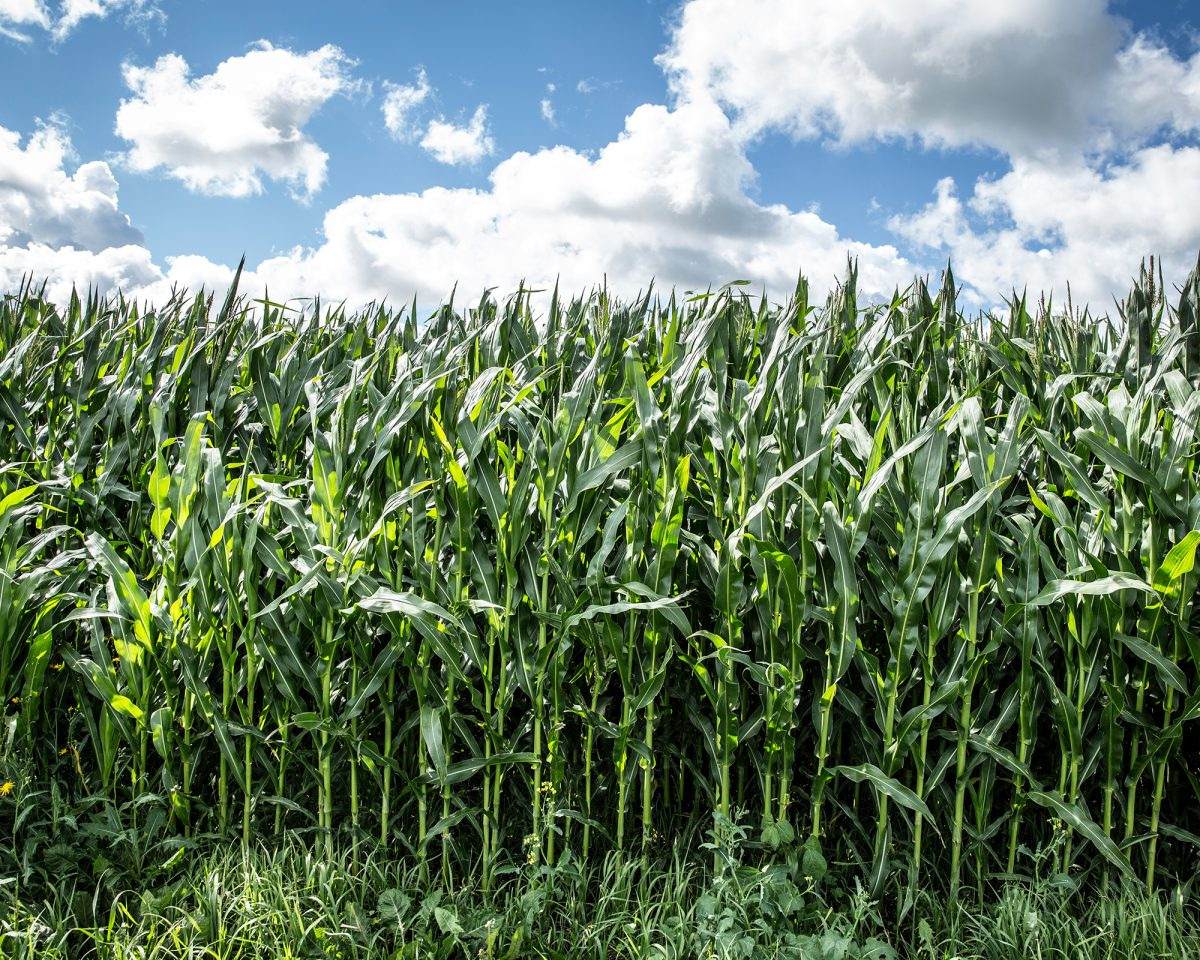
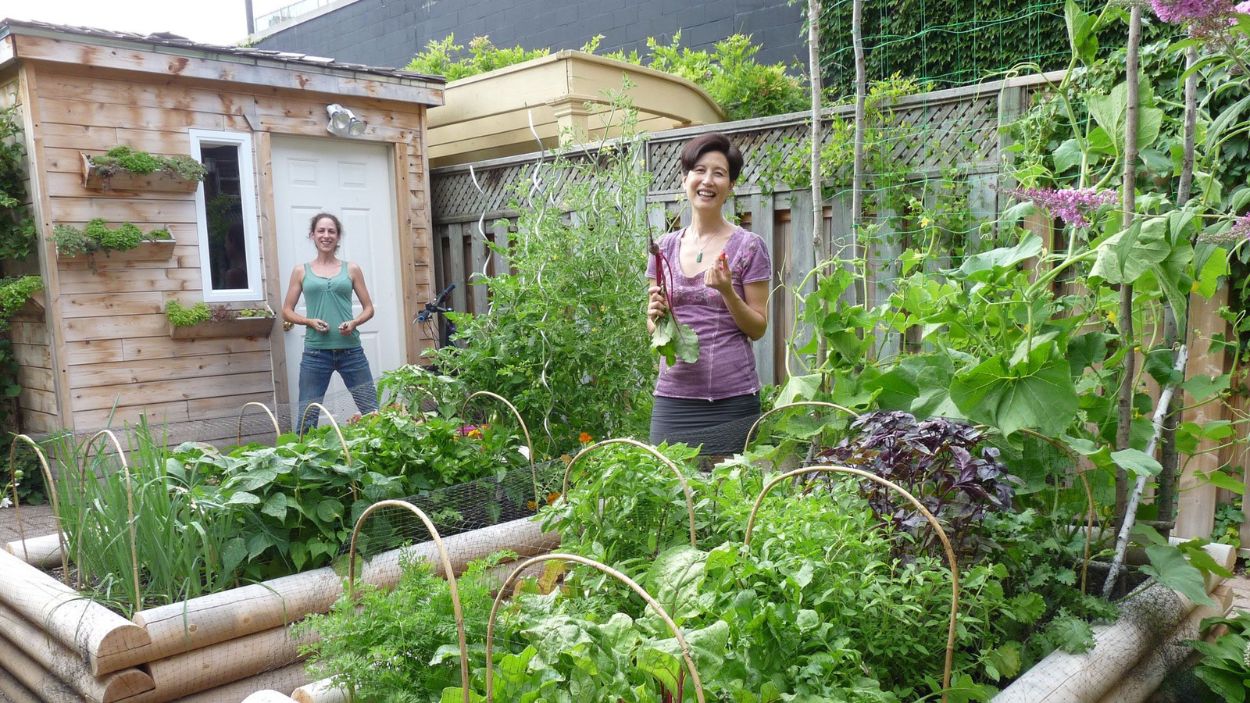
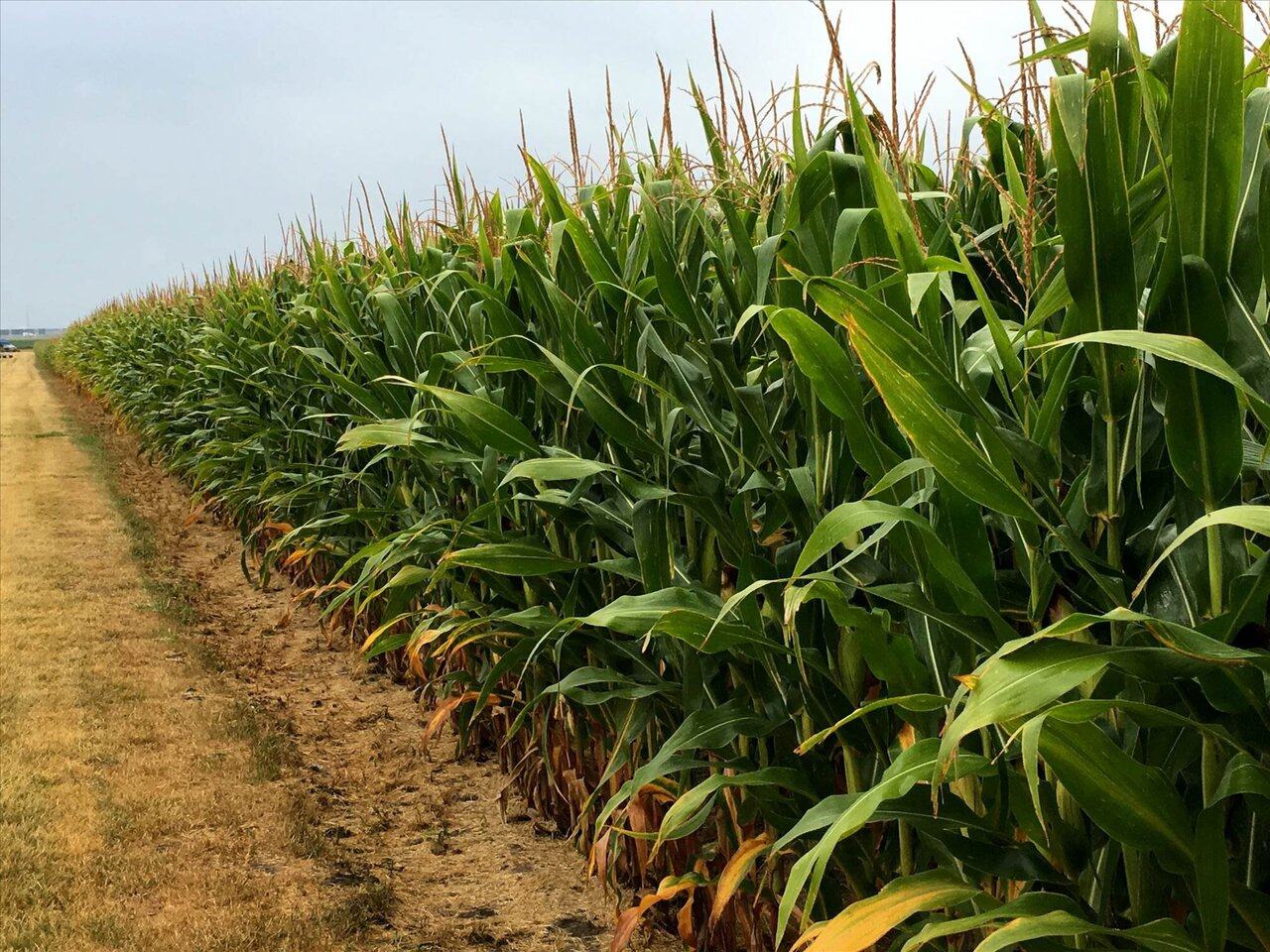
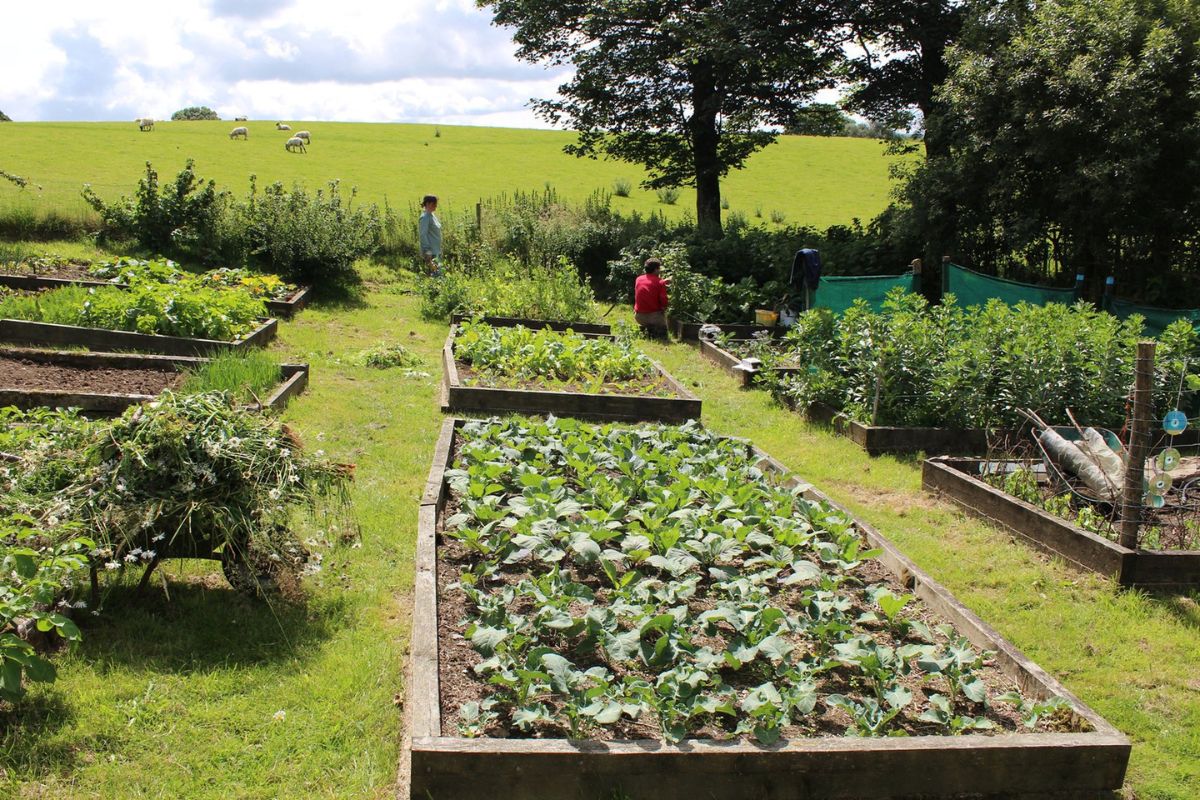
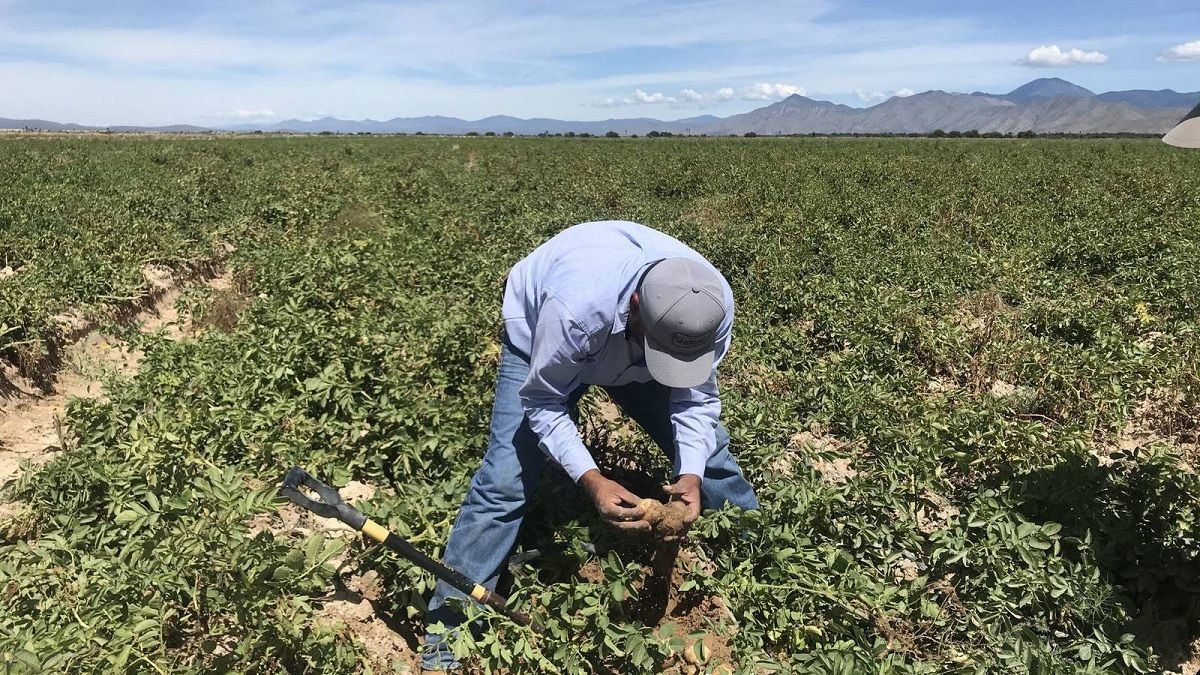


0 thoughts on “What Should Garlic Follow In Crop Rotation”